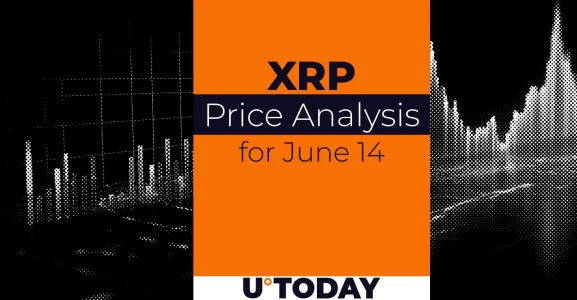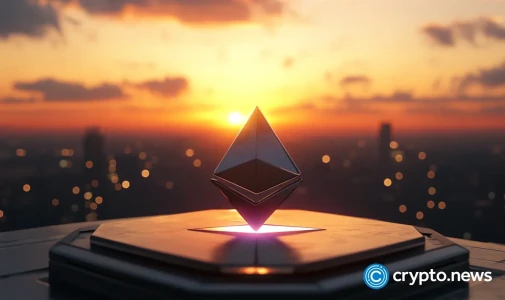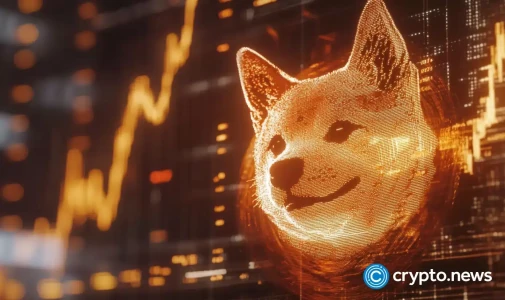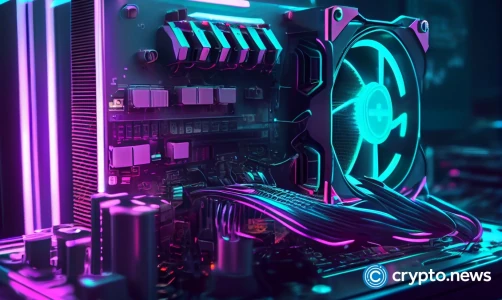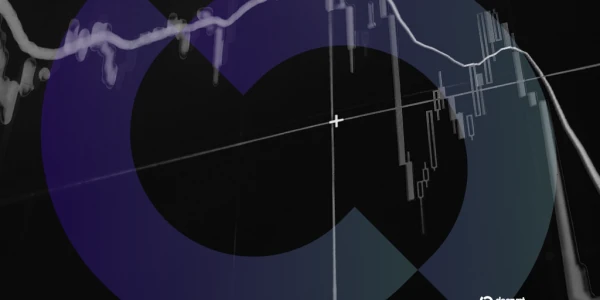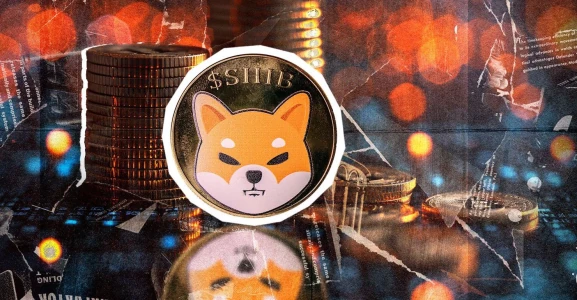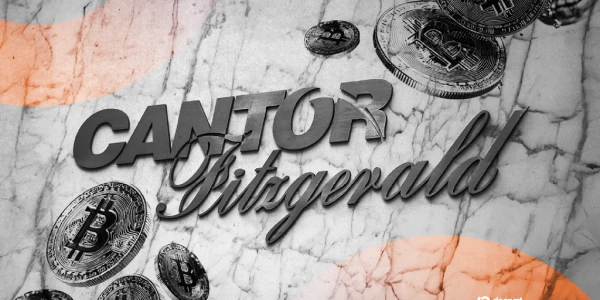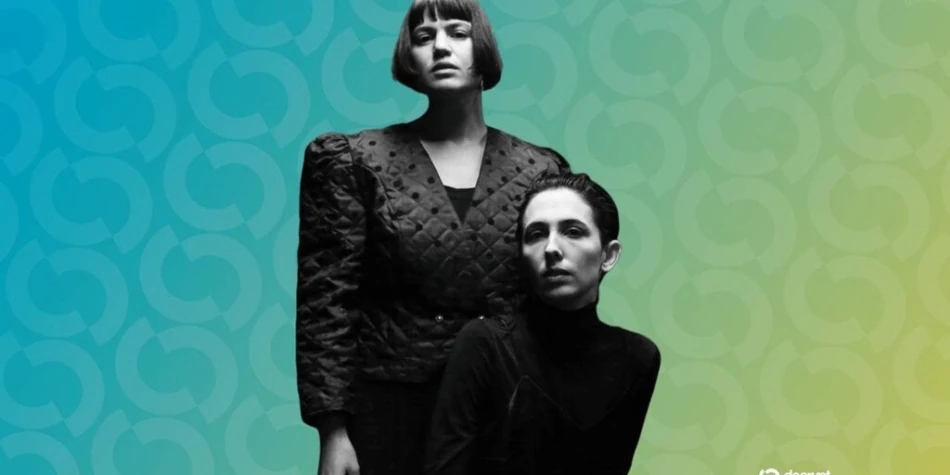
Performance Art Duo Operator 'Make Movement Collectible' With NFTs
Experiential artist duo Operator is recording performance-based art as NFTs, so that collectors can “own movement as an art object.”[...]
Pushing the Boundaries of Performance Art with Blockchain Technology
The performing arts have long faced challenges in monetizing their work, but the advent of non-fungible tokens (NFTs) has opened up new avenues for performance artists to showcase their creativity and earn from their craft. Ania Catherine and Dejha Ti, the Berlin-based art duo known as Operator, are at the forefront of this emerging trend, exploring the intersection of performance art, generative art, and blockchain technology.
Prior to the rise of NFTs, performance artists were limited to "dancing in commercials, teaching dance, or going on tour and dancing behind a musician" to make ends meet. However, the unique properties of NFTs have enabled them to create permanent, collectible pieces that can be monetized. As Catherine explains, "What does it look like if someone can own movement as an art object? That, in turn, enables a form of patronage of people who use movement as an art form, who don't want to use it for entertainment, but as real personal expression."
Operator's latest project, "Human Unreadable," is a prime example of this new approach. The three-act piece combines choreography, generative art, blockchain, and cryptography, culminating in a live performance to be presented at the end of 2026. Each of the 400 pieces in the collection represents an "underlying unique dance" generated by an algorithm, with the human form at the core of the artwork.
Storing human movement data on the Ethereum blockchain presented its own set of challenges, as Catherine admits, "We definitely felt that we were not supposed to be using blockchain and Art Blocks in this way." However, the team's perseverance has paid off, with "Human Unreadable" winning the Experiential Award at the recent Digital Art Awards, adding to their growing collection of accolades.
Despite the current downturn in the NFT market, Catherine remains optimistic about the future of the technology. "Artists don't create for a market," she says. "They create because they have a curiosity or a question or a drive, or something hits them that just needs to come out." As Operator continues to push the boundaries of performance art and blockchain technology, they are paving the way for a new generation of artists to explore the creative possibilities of this innovative medium.
Most Viewed News
